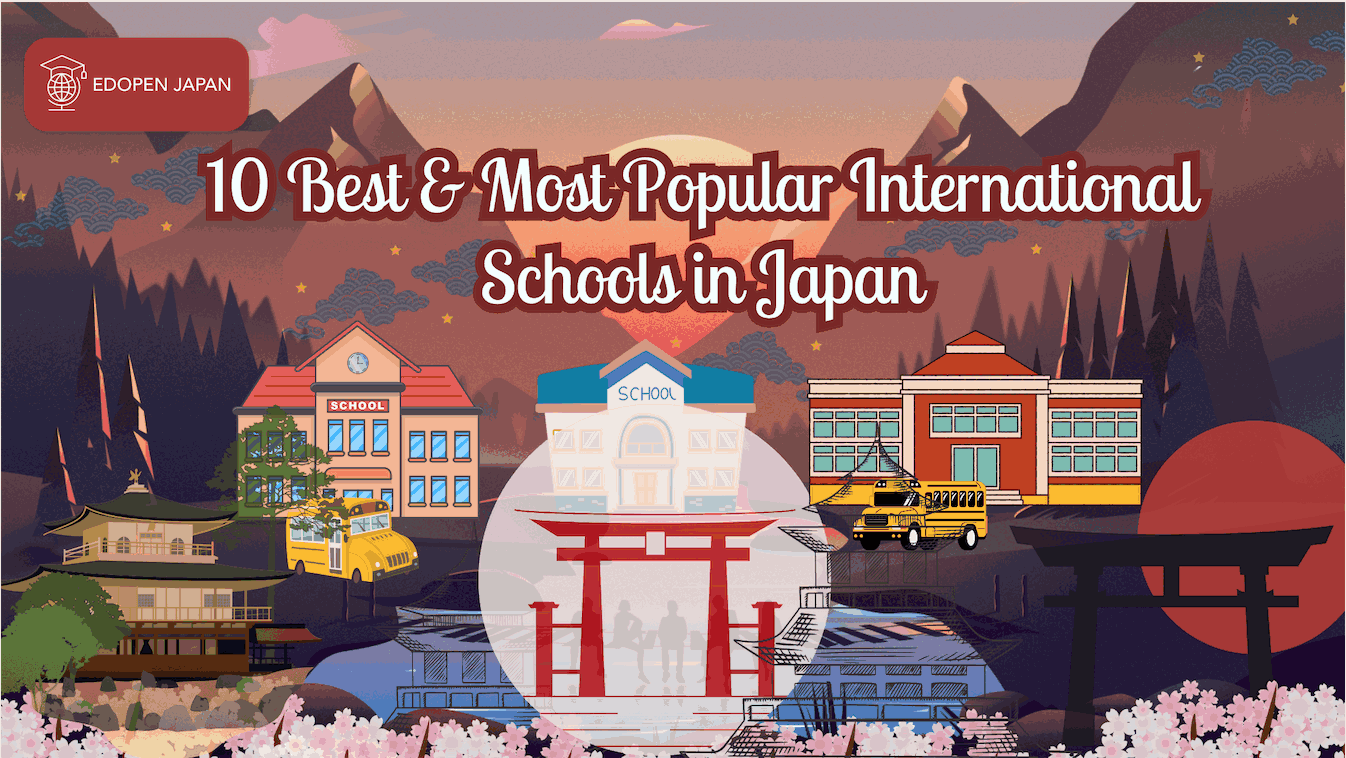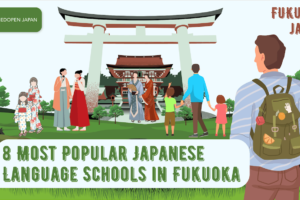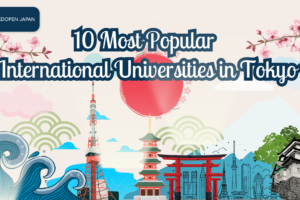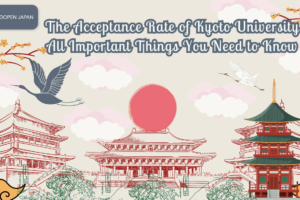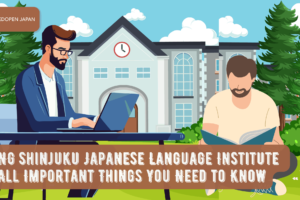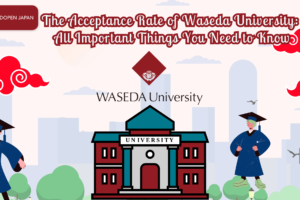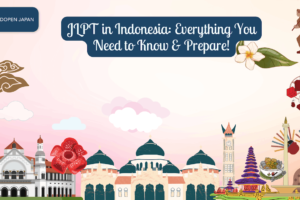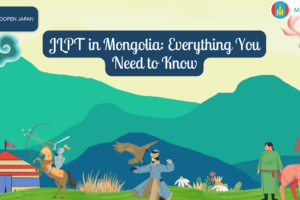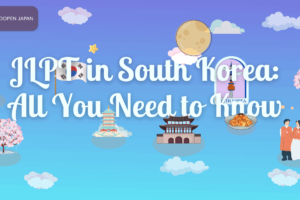Moving to Japan with your family can be a scary yet exciting journey! Adjusting to a new life in Japan can be very challenging and worrisome. There are so many new factors and changes that need to be considered before moving to a completely new and different country. For a family, the education of the children can be one of the most worrying factors when moving.
There is a wide variety of international schools throughout Japan. Most international schools in Japan have English as the main language of instruction. There are also Japanese classes during the week as part of the student’s daily curriculum.
As Tokyo is known for having a large international population in Japan, most of the top international schools are nestled in this bustling city. Choosing an international school for your children is not as intimidating as you might think.
Before we delve into more information regarding international schools in Japan, there are many International Baccalaureate (IB) accredited international schools here in Japan, which focus beyond just education, and on strengthening students’ learner profiles (e.g., being a risk taker or developing caring social skills).
If you are also looking for information on international schools in other areas of Japan such as Kyoto, please visit the link below!
Read Also:
Top 4 International Schools in Osaka
High School in Japan
Now, let’s take a look at some of the top 10 international schools in Japan below!
Contents
What are International Schools?
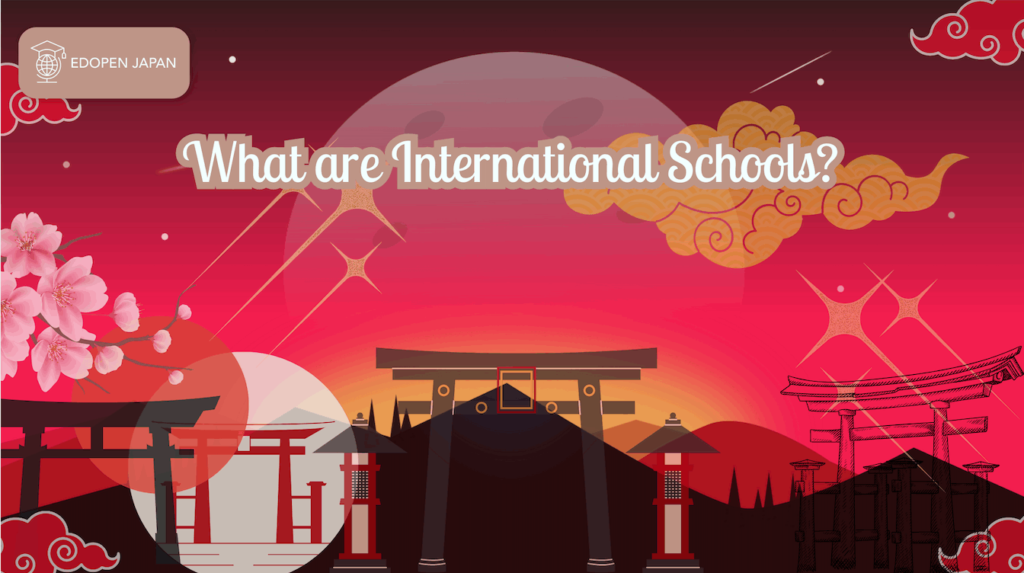
An international school is an educational institution that uses English as its main language instead of Japanese. In addition, the curriculum at international schools is usually that of the country of origin, such as the United States. Therefore, these schools are different from public schools in certain areas of the country.
Also, international schools are usually private schools rather than public schools. Therefore, they are also very expensive compared to public schools provided by the government.
10 Best & Most Popular International Schools in Japan

1. American School in Japan (ASIJ)
First on our list is the American School in Japan (ASIJ). As a foreigner working in the education scene here in Japan, ASIJ has been a prominently mentioned international school in Tokyo. Founded in 1902, this international school has more than 100 years of excellence in education in Japan.
In addition, there are two campuses: Elementary and High School located in the Chofu area and Pre-School located in Roppongi. Pre-school ages range from three to five. The Roppongi campus is also known as the Early Learning Center.
One of the highlights of the Chofu campus is the 570-seat theater. Other features of the Chofu campus include a Creative Arts Design Center, which is fully equipped with fabrication labs and a robotics lab. In addition, this international school also has a 25-meter indoor swimming pool (which can be a rare gem in Tokyo). This campus is located just outside the central parts of Tokyo.
ASIJ follows the American curriculum and students graduate with an American High School Diploma. Graduates go on to colleges and universities all over the world, not just in America!
The student demographic at ASIJ is very diverse, with a large percentage of students being dual citizens or from American backgrounds. The school also offers daily Japanese classes as part of the elementary school curriculum. For more information about American School in Japan, please refer here:
2. The British School in Tokyo
The next international school on our list is The British School in Tokyo. Similar to ASIJ, The British School in Tokyo has a long history of academic excellence. Its name is also no stranger to Tokyo. The British School in Tokyo was established in 1989 with two campuses: Setagaya for Years 4 to 13 (8 to 18 years old) and Shibuya for Nursery to Year 3 (3 to 7 years old).
The school follows the British curriculum. Students graduate with the ICGSE A Level Diploma and go on to colleges and universities around the world. Those who are familiar with the British curriculum will find it comfortable to go to this international school here in Tokyo.
The student demographics consist of more than 60 different nationalities, with more than 1000 students. For more information regarding the British School in Tokyo, please refer here:
3. Yokohama International School (YIS)
Yokohama International School (YIS), located in Yokohama, is an international school with a very good reputation in Japan. Founded in 1924, YIS is one of the oldest pioneers of international education in Japan. Located in Yokohama, the school offers the IB program and is also CIS accredited.
The school offers classes from kindergarten to 12th grade with more than 700 students from 54 different nationalities. The school also offers a safe and green campus setting in a beautiful neighborhood in Yokohama.
Founded in 1924, YIS is one of the oldest pioneers of international education in Japan. Located in Yokohama, the school offers the IB program and is also CIS accredited. It offers classes from kindergarten to 12th grade with more than 700 students from 54 different nationalities. The school also offers a safe and green campus setting in a beautiful neighborhood in Yokohama.
YIS prides itself on its strong sense of community through its Mother Tongue Program, which teaches students various languages such as Chinese, German, French, and more besides Japanese and English! For more information about Yokohama International School, please refer here:
4. Tokyo International School (TIS)
TIS was founded in 1994 as a preschool school before entering the IB scene. TIS recently moved its campus to Minato (central Tokyo) in 2013 and is one of the many IB schools offering the IB curriculum from early childhood education (PYP-Primary Years) to middle school (MYP-Middle Years). TIS is accredited by the Council of International Schools (CIS).
One of the highlights of TIS is the use of advanced technology in the classroom. The use of i-Pads or Macbooks complements the excellent educational service provided to students in their daily learning journey. Students graduate and move out into the global world beyond Tokyo. TIS is home to 63 different nationalities from around the world, with the majority from America and Japan. For more information of Tokyo International School, please refer here:
5. Aoba-Japan International School
Next on our list is Aoba-Japan International School. Founded in 1976 with 40 years of history in education.
Aoba-Japan International School has 2 different campuses in Tokyo. The age groups K1 to K3 (4 to 6 year olds) are located at the Meguro Campus together with the young learners from 18 months to 3 years (two different buildings at the Meguro Campus). Grades 1 to 12 (7 to 18 year olds) are located at the Hikarigaoka Campus.
Aoba-Japan International School is also an IB accredited international school in Japan. This school is accredited by the Council of International Schools (CIS) and the New England Association of Schools and Colleges (NEASC), with most of its graduates going on to universities abroad, especially in the UK.
The student demographic is predominantly Japanese, with 49 different nationalities represented. For more information about Aoba-Japan International School, please click here:
6. Nishimachi International School
Located in the heart of Tokyo, Nishimachi International School has more than 70 years of history. Nishimachi International School is one of the first international schools to distinguish itself as a bilingual school where English is the main language and Japanese is taught daily. Nishimachi International has a campus size of six buildings with 3 rooftop playgrounds for students to play with. The school is located in Moto Azabu.
Nishimachi International offers students a complete private camp in Gunma in the rural parts of Japan. Students can visit Gunma to plant rice during the rice planting season and can even return during the harvest season to harvest the rice they have planted. It is a great opportunity for students to learn about the rural parts of Japan and the way of life beyond the concrete jungle that is Tokyo.
The curriculum offered by Nishimachi ends at grade 9 (age 15), with students moving on to high school abroad or even in Japan (such as Yokohama International School or ASIJ). The school boasts a 100% graduation rate and is home to approximately 470 students from 35 different nationalities. For more information on Nishimachi International School, please refer here:
7. Seisen International School
A different twist to all the international schools mentioned above is an introduction to an all-girls international school in Tokyo.
Seisen International School was founded in 1962 and is one of the strongest international schools in Japan. It is an all-girls Catholic school located in Setagaya, Tokyo. It is home to over 650 students from more than 55 different nationalities.
Seisen is also an IB accredited school with 3 IB courses offered from elementary to high school. Similar to most international schools in Japan, Seisen provides students with the necessary facilities such as science labs, media center and music rooms.
Typically, 50% of students go to universities in North America, with a large percentage going to the UK or Europe. For more information about Seisen International School, please refer here:
8. International School of Sacred Heart
Another all-girls Catholic school that ranks among the top international schools in Japan is the International School of Sacred Heart. Founded in 1908, International School of Sacred Heart, unlike Seisen International School, has a coeducational kindergarten. However, it is an all-girls school from Grade 1 (age 7) to Grade 12 (age 18).
Located in the heart of Tokyo in Shibuya, this school is home to over 500 students of 45 nationalities. The school has a wide variety of clubs for students to participate in. The campus has three art studios, two libraries, and a large campus surrounded by greenery, as opposed to being surrounded only by high-rise buildings in Tokyo.
The school regularly organizes extracurricular events for students to experience a wide variety beyond the school curriculum. For more information about the International School of Sacred Heart, please click here:
9. Montessori School of Tokyo
The Montessori School of Tokyo is currently the only school in Tokyo that still offers the Montessori educational program. Similar to Nishimachi International School, the Montessori education program is only offered up to grade 9 (15 years old).
As the school curriculum follows the Montessori program, the classrooms are very bright and encourage a lot of hands-on learning. Founded in 2003, the school has grown in both size and number of students. The curriculum offered here truly encourages freedom and room for creativity, especially among young learners. It is a great way to start for young children from Kindy age on. For more information on Montessori School of Tokyo, please refer here:
10. St. Mary’s International School
Change from an all-girls international school to an all-boys school: St. Mary’s International School is an all-boys school that focuses on the needs of boys.
Founded in 1954, St. Mary’s International School is one of the most prestigious all-boys schools in Tokyo. The school has a nine-acre campus in Setagaya, which offers students world-class facilities. This campus was recently renovated in 2010 to be much more environmentally friendly with solar powered facilities.
Sports are very much encouraged at St. Mary’s International School and many go on to achieve great success in the sporting world (even making it to the Olympics!) The student demographic comes from over 50 different nationalities. The curriculum is offered from Kindergarten to Grade 12, with students going on to pursue undergraduate degrees around the world. For more information about St. Mary’s International School, please click here:
Important Factors to Consider about International Schools in Japan
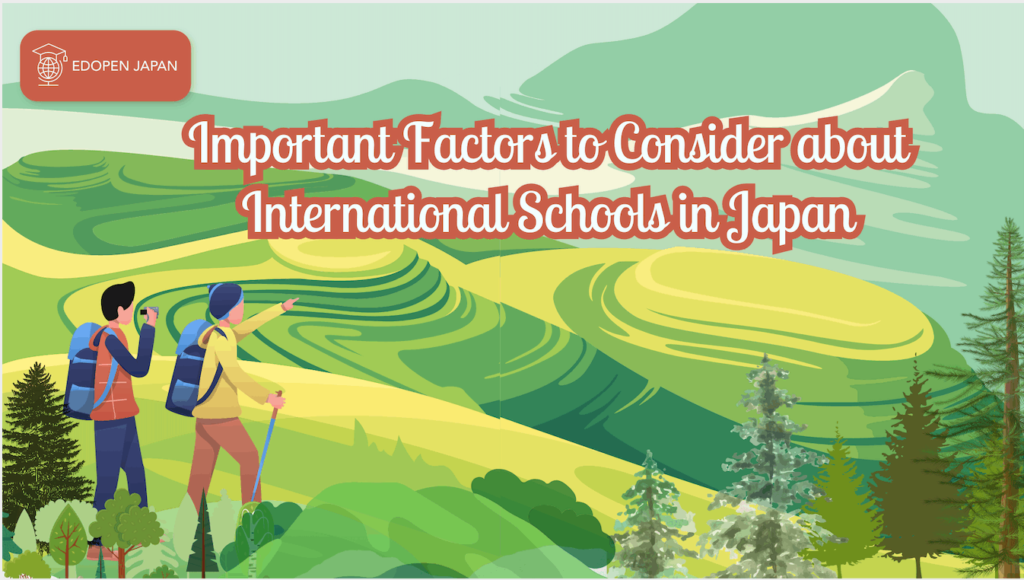
Now that we have reviewed some of the top international schools in Japan, there are some factors to consider when choosing the ideal school.
(1) Location
Most international schools offer bus pick-up and drop-off services, which can be very convenient for working parents. It would give you peace of mind to choose a school that is conveniently located near your home.
(2) Tuition Fees
Of course, money is always a big factor in any decision-making process. Tuition fees vary from school to school, as well as by age group. It may cost much more to send your children to an international school in Japan.
(3) Accreditation
As mentioned above, most international schools are IB accredited or follow each individual curriculum offered. Most accreditations are recognized worldwide, opening doors for your children’s future. However, it would still be best to consider the accreditation desired and offered by each international school.
Summary
In summary, choosing an international school based on needs and services can be a difficult decision. There are various factors that each play a role in the final decision. There is no one size fits all school for every student’s needs.
Depending on the exposure, school size, facility provided, and curriculum taught in class, I hope this list of top international schools in Japan has provided more insight in choosing the right international school that fits your needs.

